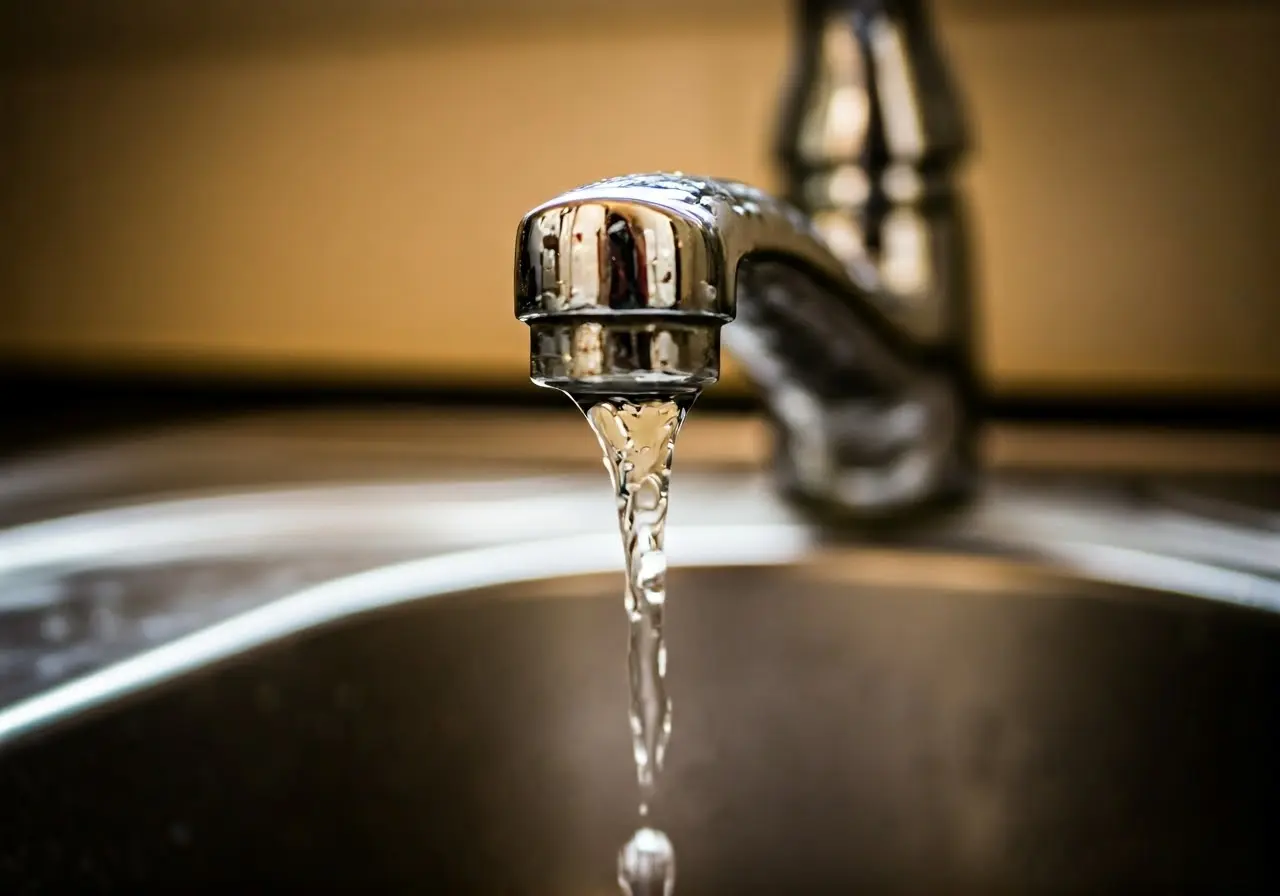In today’s world, conserving resources and cutting operational costs are top priorities for businesses of all sizes. One essential resource businesses can save money on is water. Reducing your water bill not only helps save money but also contributes to environmental sustainability. This blog will guide you through practical steps and strategies to efficiently reduce your business’s water bill while maintaining efficient operations.
Conduct a Water Audit
The first step towards reducing your water bill is understanding your current water usage. Conduct a thorough audit to identify where, when, and how water is being used and potentially wasted. This audit will provide a clear picture of your water consumption patterns and highlight areas for improvement.
Beginning with a comprehensive water usage audit is crucial for identifying inefficiencies that could be costing you. This process involves examining everything from restrooms and kitchens to cooling systems and outdoor landscaping. A detailed water audit helps you understand your water footprint and forms the foundation for effective water-saving strategies.
Auditing should not be a one-time event but an ongoing process. As your business evolves, so too will your water usage patterns. Regularly reviewing and adjusting your water conservation strategies in light of audit findings will keep your savings maximized and your operations efficient.
Install Water-Efficient Fixtures and Appliances
Upgrading to water-efficient fixtures and appliances can make a substantial difference. Consider installing low-flow faucets, toilets, and showerheads, as well as water-efficient dishwashers and washing machines. These fixtures use significantly less water without sacrificing performance.
High-efficiency fixtures are not just about saving water; they’re about saving money too. For instance, installing a low-flow toilet can save approximately 20% more water per flush compared to older models. Similarly, Energy Star-rated dishwashers and washing machines optimize water use, reducing both water and energy bills.
Moreover, aerated faucets mix air with water to give the feel of a stronger flow while using less water. These are simple and inexpensive to install but can make a noticeable difference in your monthly water consumption. Don’t underestimate the impact of these small changes on your overall water use.
Regular Maintenance and Leak Detection
Leaky pipes and fixtures can waste a considerable amount of water. Implement a regular maintenance schedule to check for and repair leaks promptly. Install automated leak detection systems to alert you to any issues quickly, preventing water wastage and reducing your water bill.
Regular maintenance involves more than just fixing visible leaks. It includes inspecting pipes, fittings, and appliances for signs of wear and tear that could lead to leaks. By catching these issues early, you can prevent significant water loss that often goes unnoticed until it shows up on your water bill.
Educating your staff about the importance of reporting leaks and developing a swift response plan can further mitigate water loss. Every member of your team should be aware of the common signs of leaks and know how to report them. This culture of vigilance can save thousands of gallons annually.
Implement Smart Irrigation Practices
If your business has landscaping, optimizing your irrigation practices can lead to significant water savings. Use smart irrigation controllers that adjust watering schedules based on weather conditions. Additionally, choose native or drought-resistant plants to reduce the need for frequent watering.
Smart irrigation systems take the guesswork out of watering your landscapes. These systems use sensors to monitor soil moisture levels and weather conditions, adjusting irrigation schedules automatically. This ensures your plants receive just the right amount of water, reducing waste and conserving resources.
Incorporating native or drought-resistant plants into your landscaping can further enhance water efficiency. These plants are adapted to local climates and require less water to thrive. By reducing the need for frequent irrigation, you contribute to sustainable landscaping practices that benefit your bottom line.
Educate and Involve Employees
Promote a culture of water conservation within your business. Educate employees about the importance of saving water and encourage them to adopt water-saving habits. Simple actions like turning off taps properly and reporting leaks can collectively lead to substantial savings.
Creating awareness among employees is essential to a successful water-saving campaign. Hold training sessions and distribute materials that highlight the importance of water conservation and provide practical tips. Encourage friendly competitions to see who can come up with the most innovative water-saving ideas.
Employees are more likely to take action when they understand the direct impact of their efforts. Share statistics and success stories from other businesses that have implemented similar strategies. Show them how even small changes, like using less water when washing hands, can accumulate significant savings over time.
Monitor and Adjust Water Usage
Implement monitoring systems to keep track of your water usage over time. Analyzing this data can help you identify usage trends and areas where adjustments are needed. Regularly reviewing and adjusting water-saving measures ensures continued efficiency and financial savings.
Smart water meters and monitoring systems provide real-time data on water consumption. This information is invaluable for identifying patterns and pinpointing areas for improvement. By tracking your monthly water consumption, you can make informed decisions about where to focus your conservation efforts.
Adjusting water usage based on monitoring data can lead to continual improvements in efficiency. Use the insights gained to implement targeted conservation measures, such as optimizing irrigation schedules or repairing frequently used fixtures. Stay vigilant and adaptable to ensure your water-saving strategies remain effective.
Save Water, Save Money
By implementing these water-saving strategies, businesses can achieve significant reductions in their water bills while promoting sustainability. It’s a win-win situation, where you save money and help conserve a precious resource. Start small, monitor the changes, and watch your savings grow. Sustainable practices, no matter how minor, can lead to substantial benefits for both your business and the environment.


